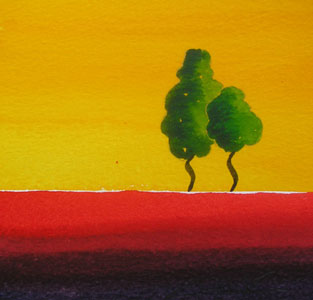
I have a confession. I am a writer and, until recently, I wasn’t writing every day. I wanted to; I planned to; and it didn’t happen. I am not only a writer, I said defensively. I do other things and my day job sometimes starts before the sun rises and ends some twelve to fifteen hours later. Not that I get paid for every one of those hours; it includes driving from place to place which is unpaid, and searching for parking, and everything that goes with this type of work. Self-employment is grand and, sometimes, the hours required to make a few bucks are long.
But I digress.
Over and over I’ve heard that, in order to write, you have to write every day. Because of several failed attempts at daily writing, I committed to writing most days. Some weeks that worked and then, “most days” became, well, four days is a majority, right? Then it was, well, this week was only three, but that’s all I could do. Really. Then that slipped into thinking “maybe next week I can write.”
Several years ago I went through The Artists’ Way with a small group of friends. I did manage to do my morning pages every day and it was helpful. Then one day slipped, then two days. And soon, with a change of careers which meant going back to school, that was dropped. I thanked the Morning Pages for helping me find the new career and told them, “Tata for now, I’ll see you when I come out on the other side of this river of courses and cultural adjustments and have built my new career.” Which I assumed meant two years of college and maybe one to two years of getting established in the new profession.
That was thirteen years ago.
Over the last couple years, I started going to writing workshops and groups again. When I go, I write more. Not surprising, because it helps to be around people who assume I’m writing. I know it’s not really them holding me to my commitment, it’s me. But having a place and people to interact with keeps it higher on my priorities list.
Having a writing partner helps, as well. Two weeks ago I met with my writing buddy and he, fresh from a three week vacation in France, announced that we must Write Every Day. He was reading a book I gave him a couple months ago, which was touting the necessity of daily writing. Yeah, yeah, I agreed. If only we had the time. Yeah, he agreed. And we said we would try to write most days, when we could. We also share the other profession.
Three days later I started this blog. I awoke that day knowing it was time to stop saying, “I will” and change it to “I do.” For whatever reason, I have a blog ethic: if a person is going to do one, you have to keep it up. And for writing – that means to write.
This blog – in addition to my desire to share my experiences and inspirations with the hope they are useful to someone else – is my commitment to myself to write every day. Not everything I write is posted here. My other writing includes revisions, pieces of poems, freewrites from a spark of inspiration – and I’ve been visiting WordLush to gather the list from the Daily Word Spittoon and writing something from that. I have been posting those creations at The Writing Vein Playground.
When I let go of having to sit in one place and write at the same time every day for a specified amount of time or number of pages, guess what happened? I’ve been writing every day! Sometimes it’s 15 minutes, sometimes it’s two hours. Sometimes I’m working a new story or revising an old one. And sometimes it’s this blog and the word spittoon game.
Look folks, I’m writing!
"Black scribbler" by Dot. 1992
12" x 48" silk painting
 Storytelling doesn't have to be done with words. Words are certainly one of the main tools of the writer, but a story can be told without them. Visual artists use pictures, sometimes literal and sometimes symbolic, to represent what they want to say.
Storytelling doesn't have to be done with words. Words are certainly one of the main tools of the writer, but a story can be told without them. Visual artists use pictures, sometimes literal and sometimes symbolic, to represent what they want to say.




















